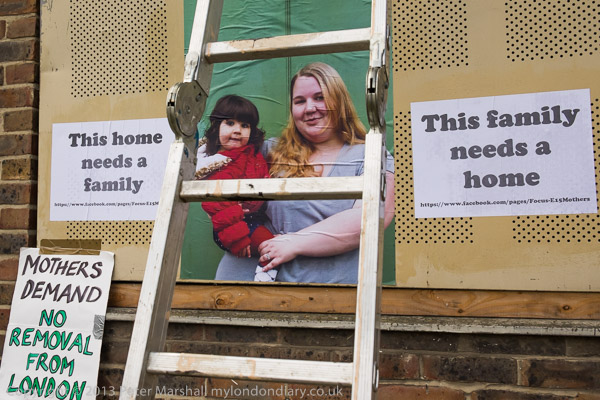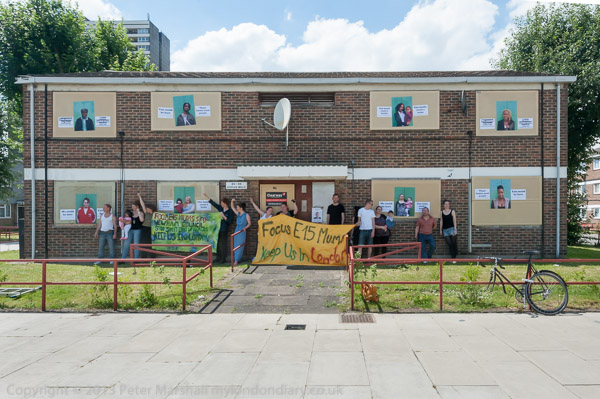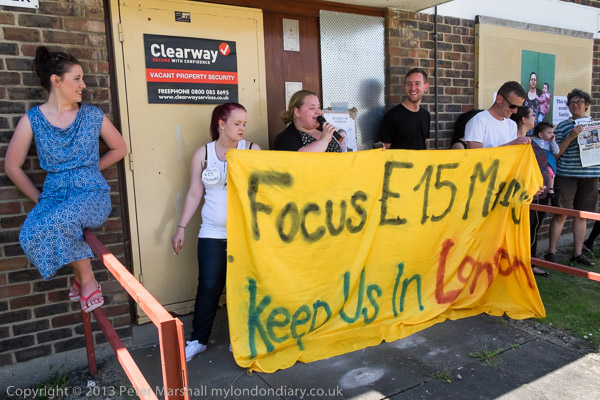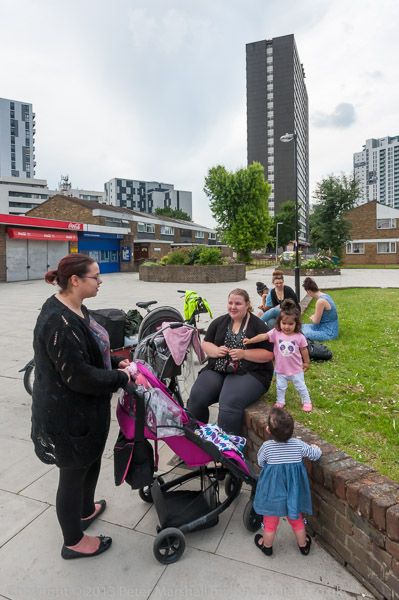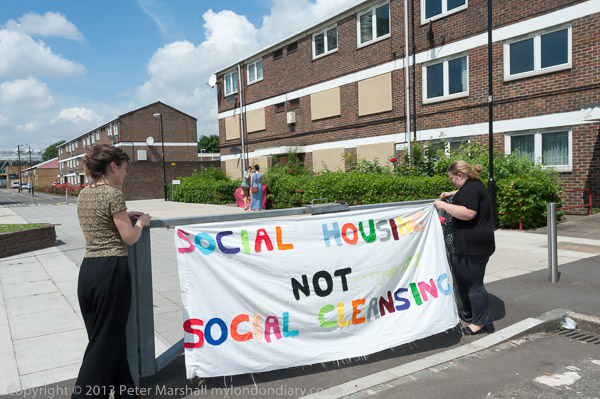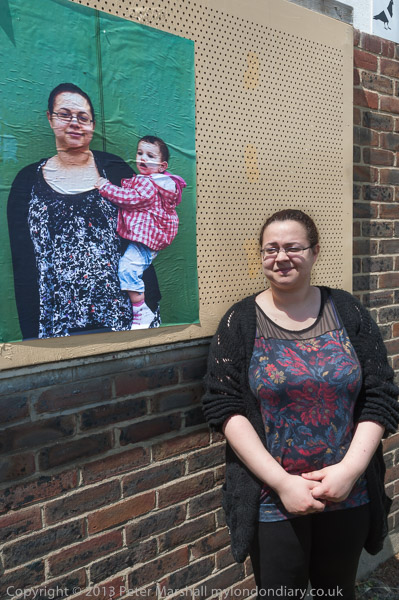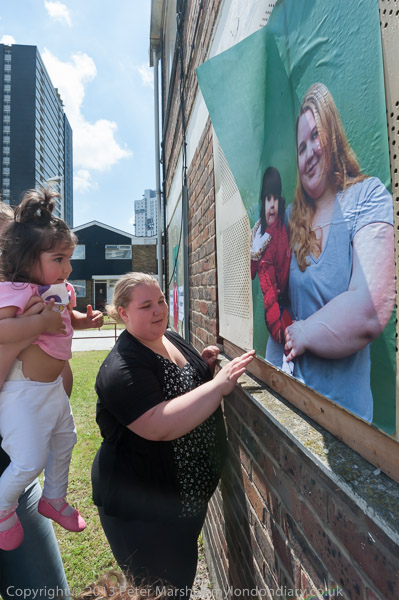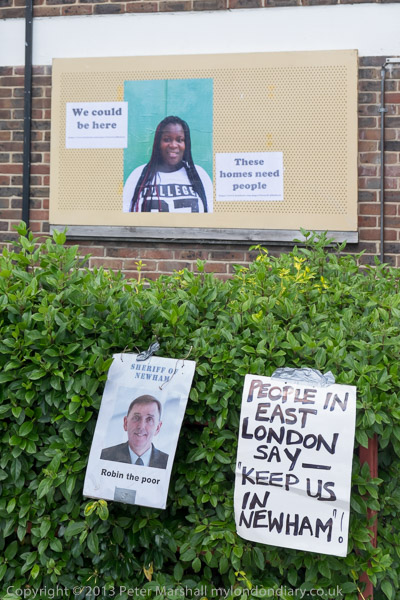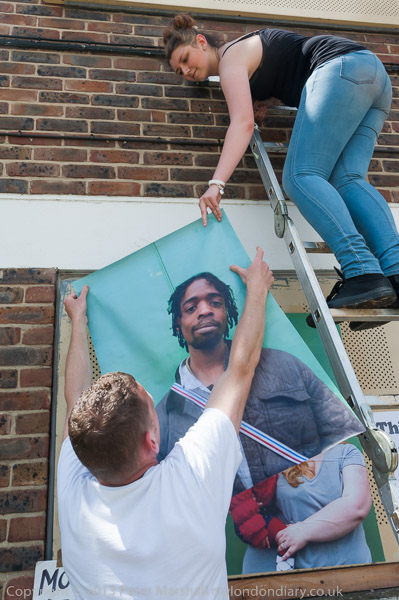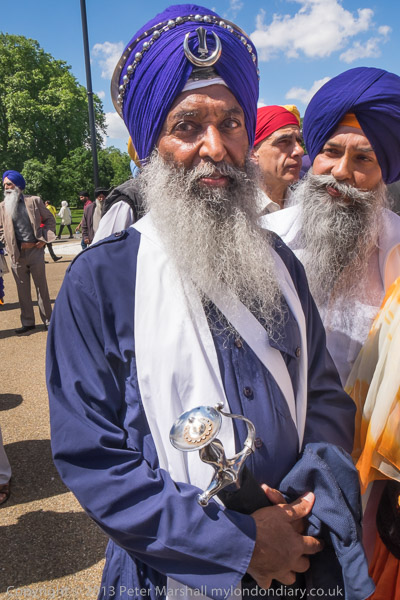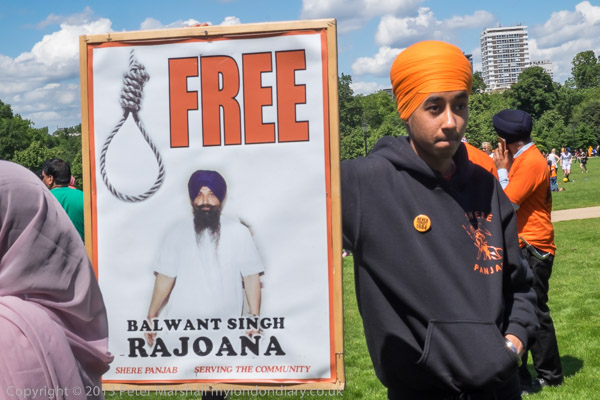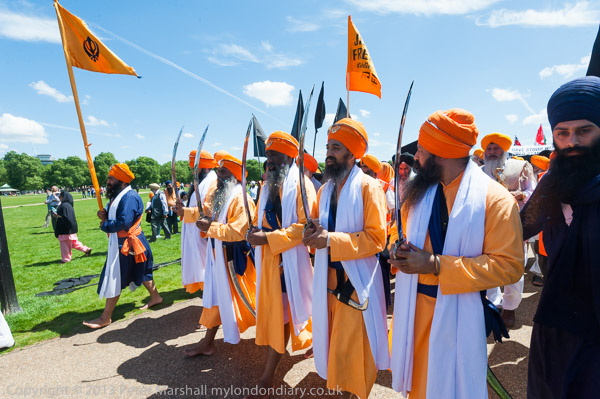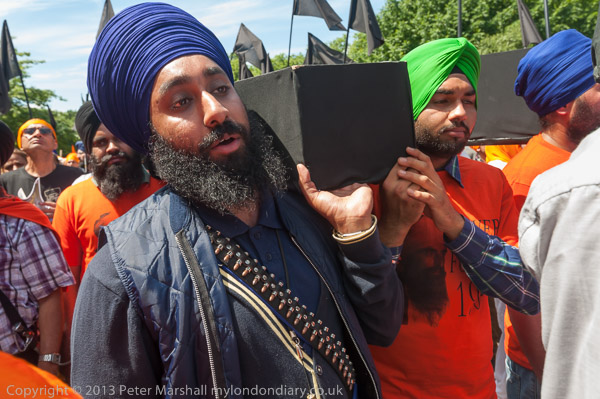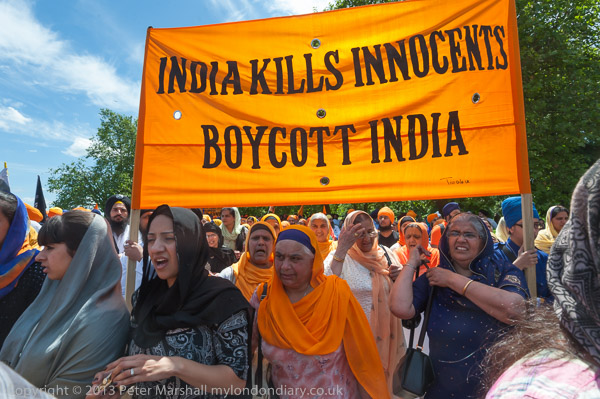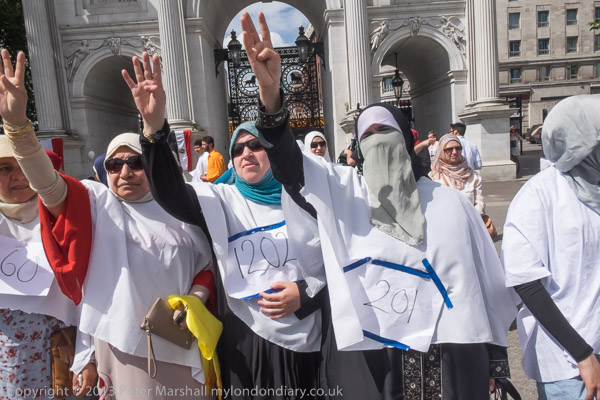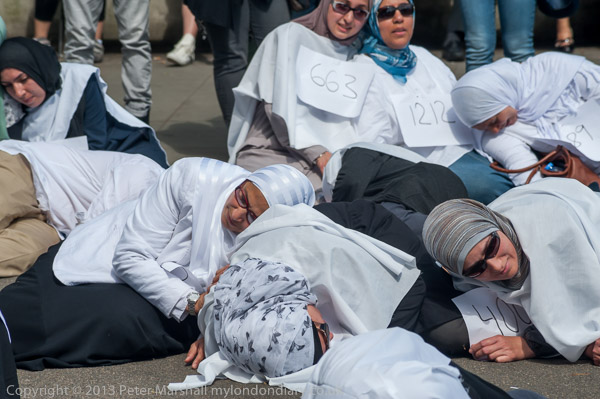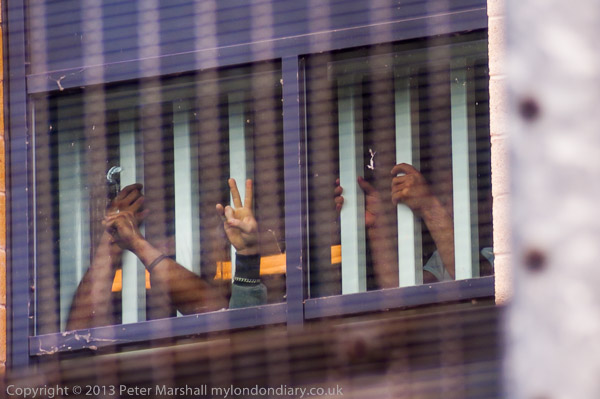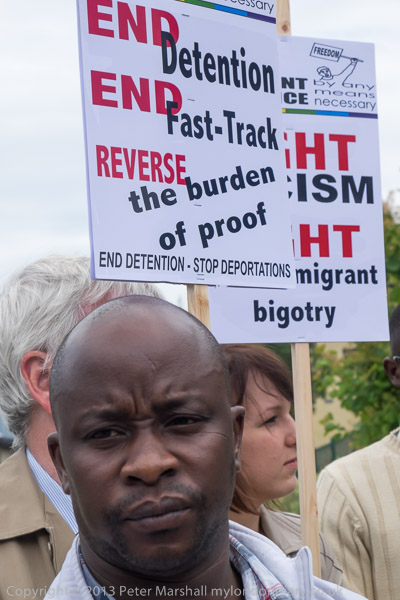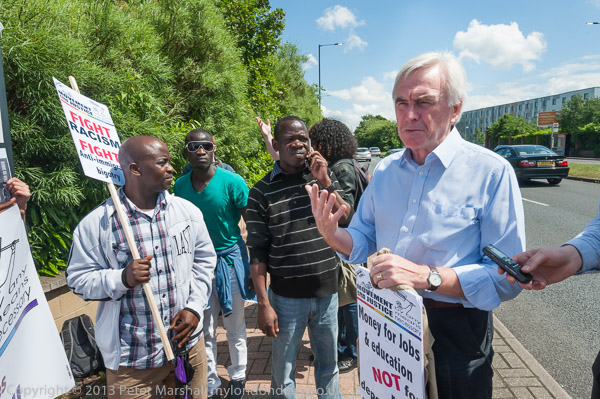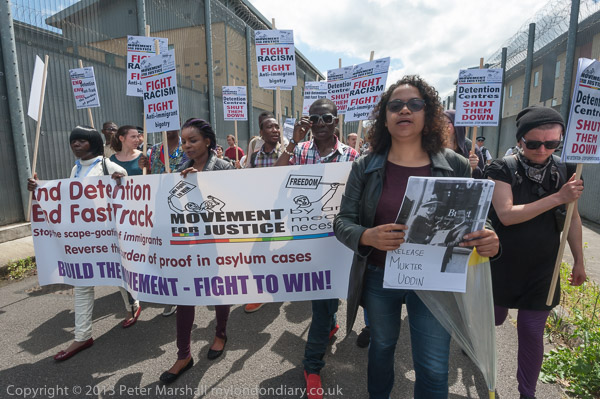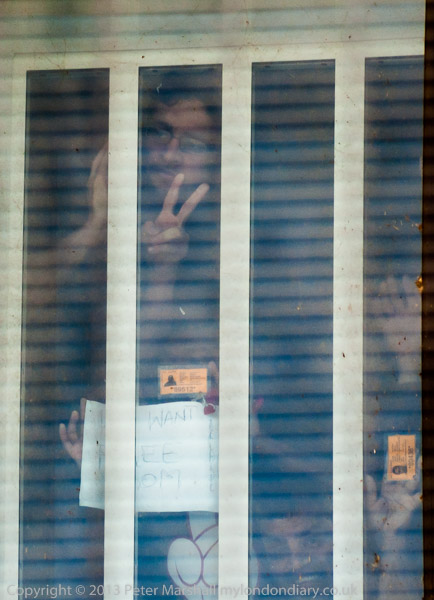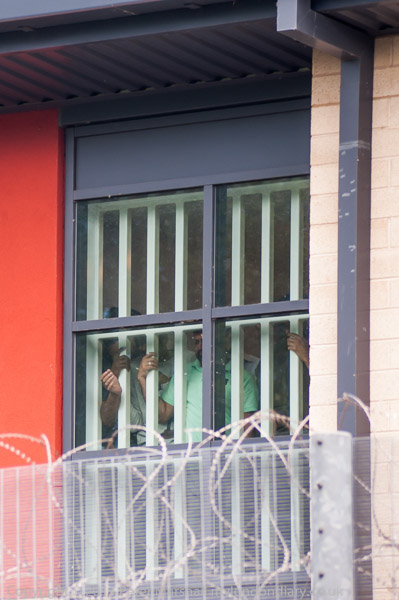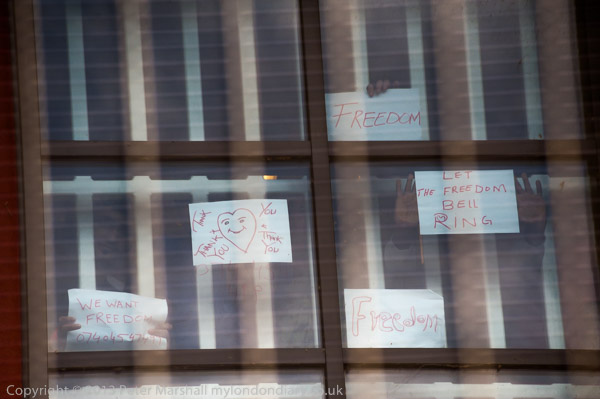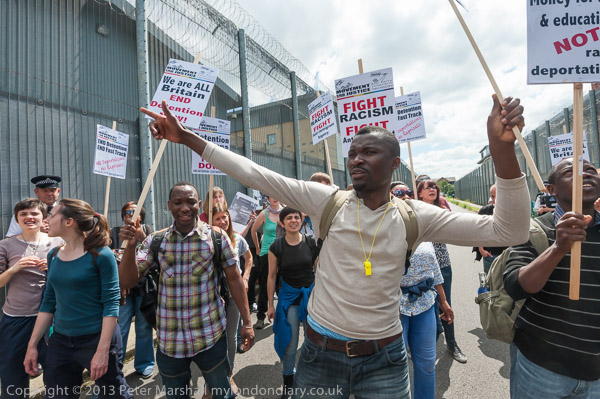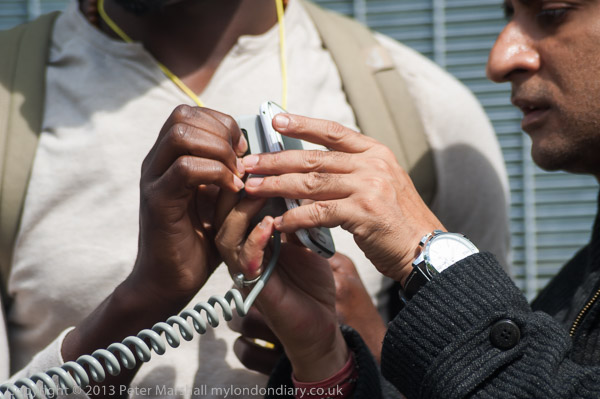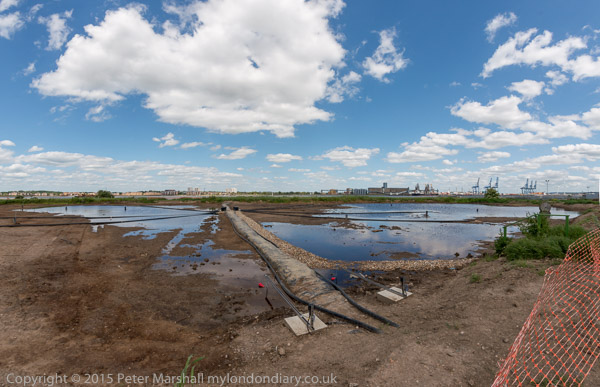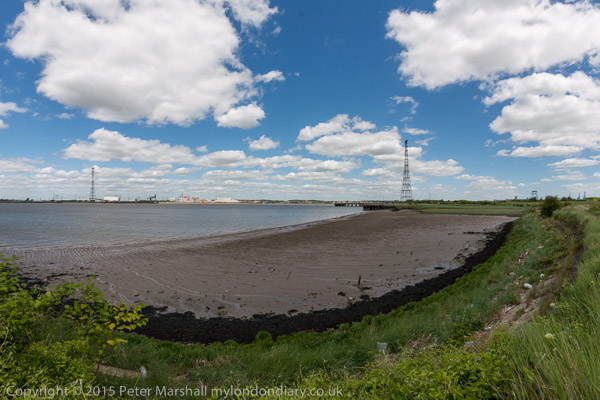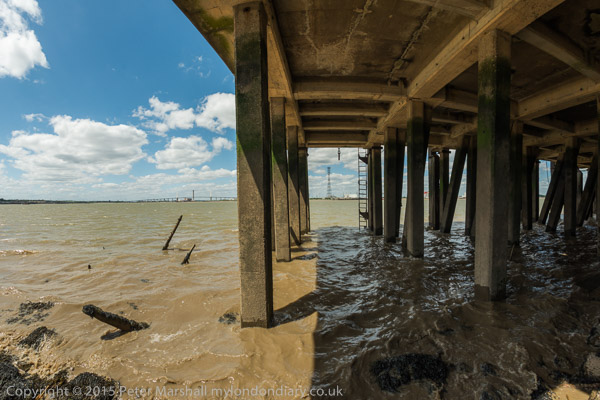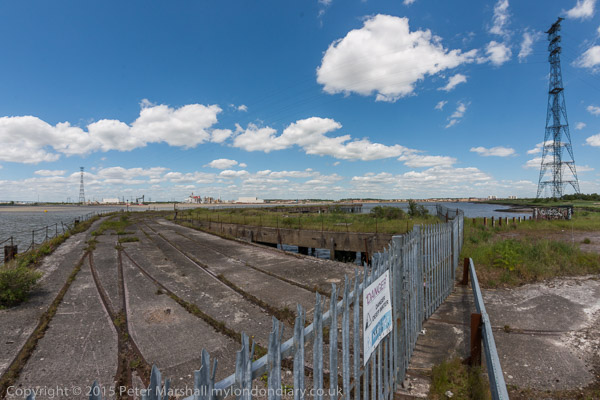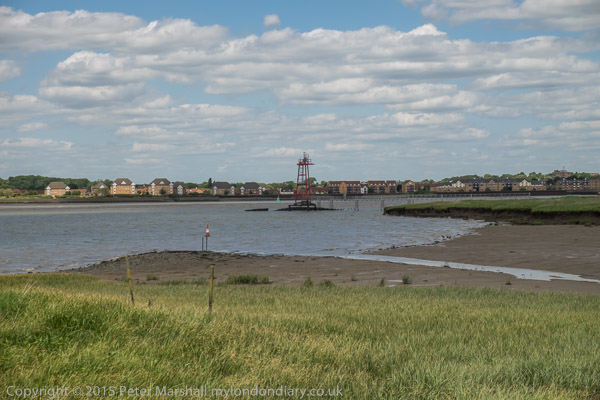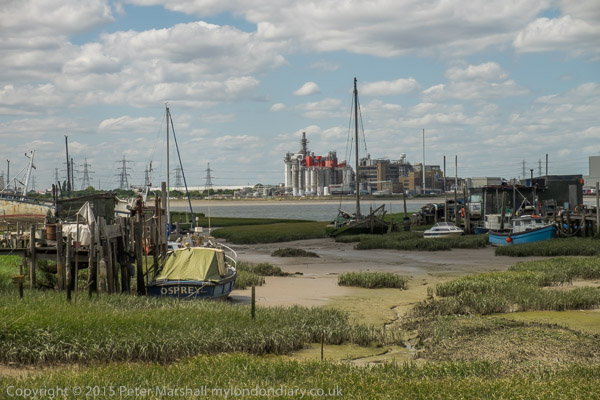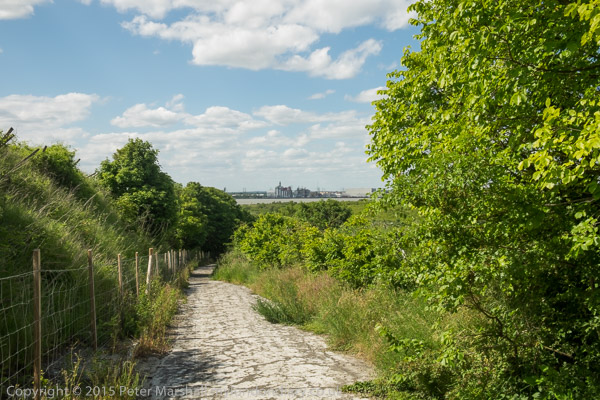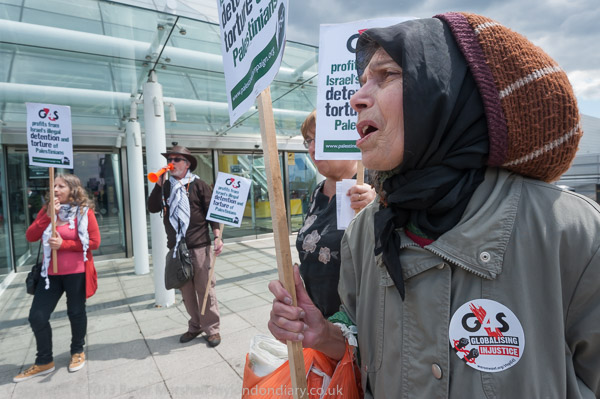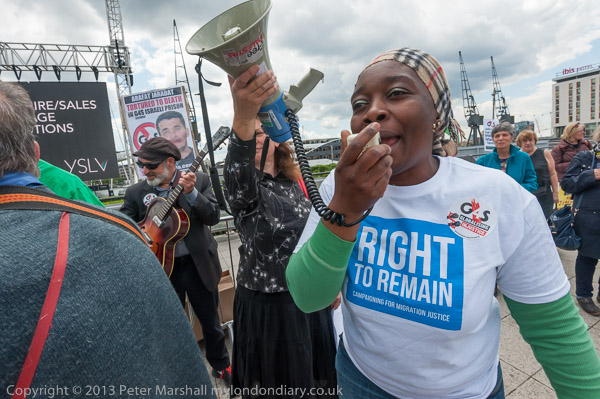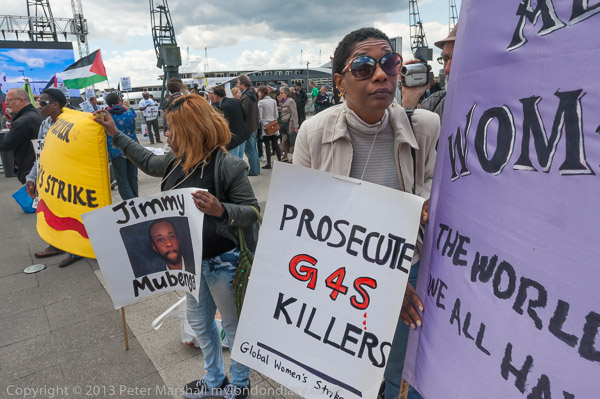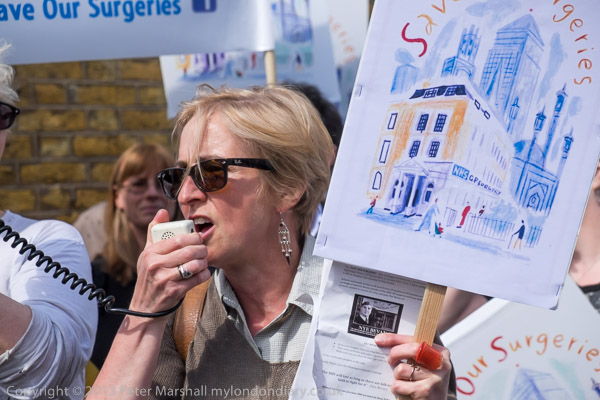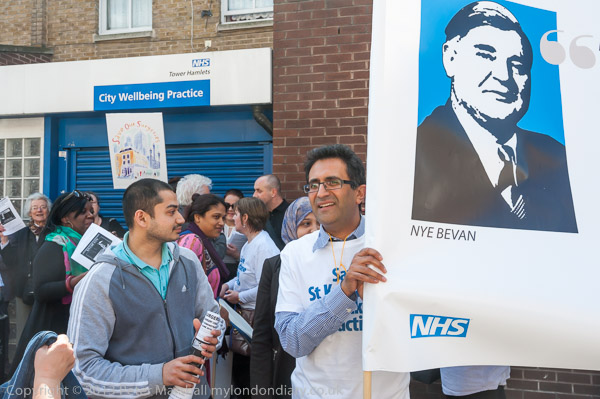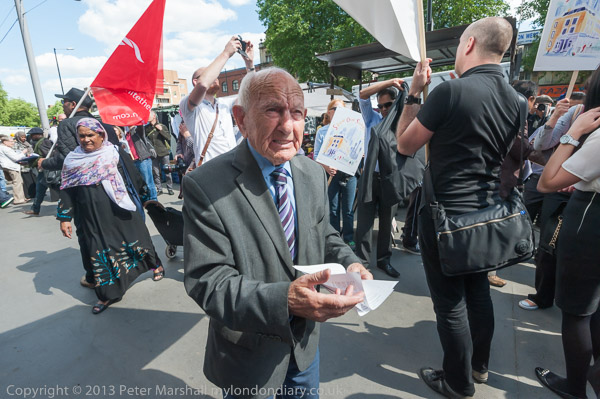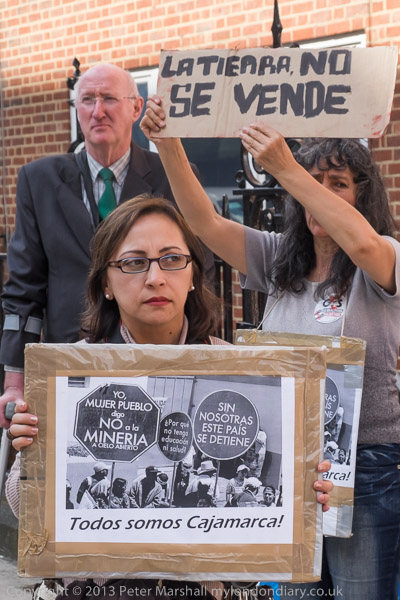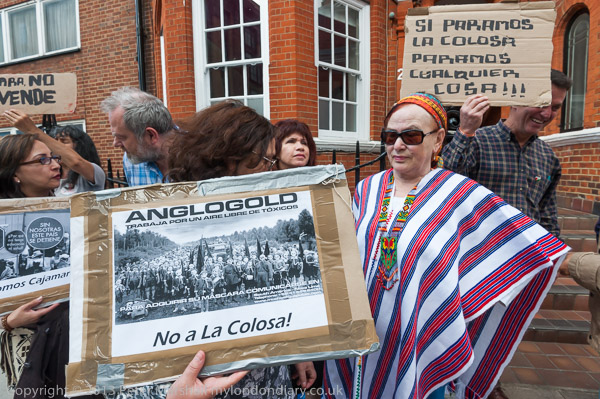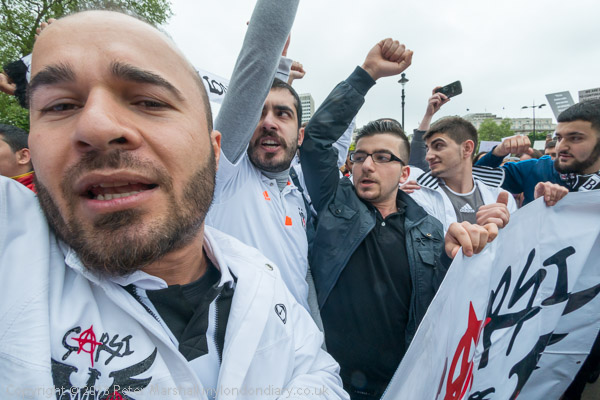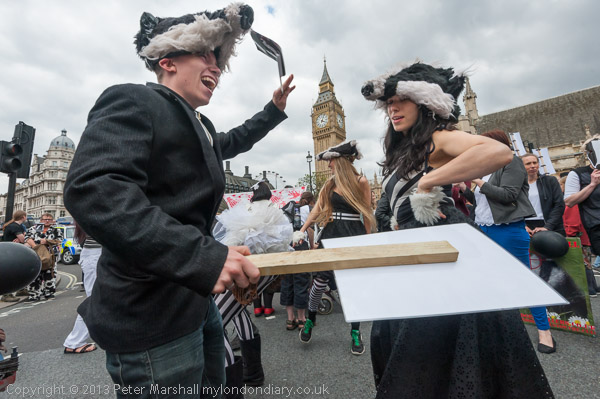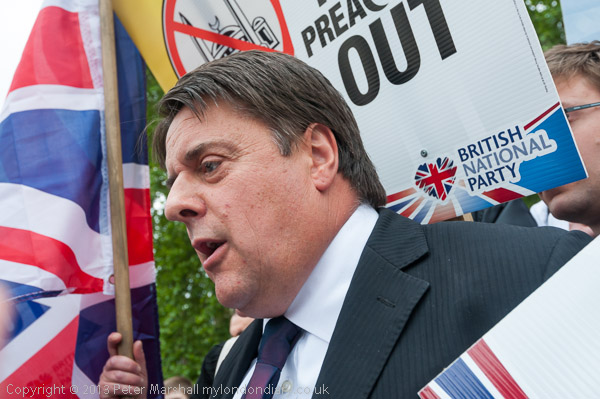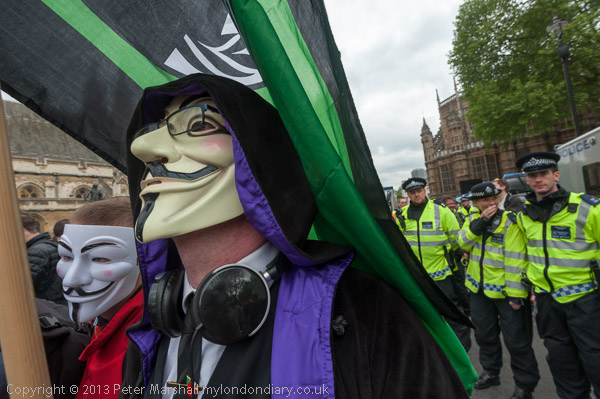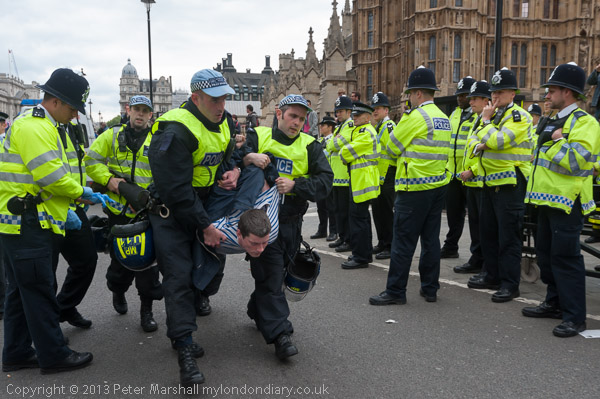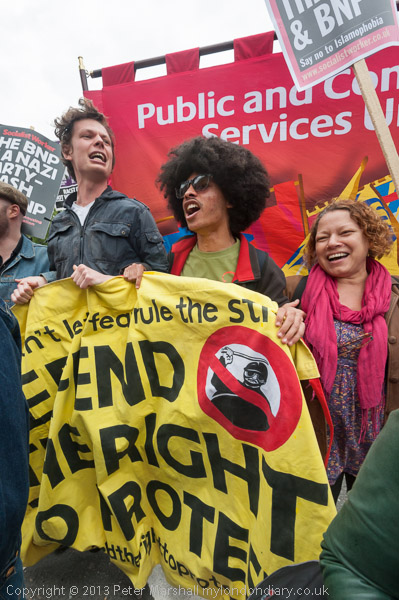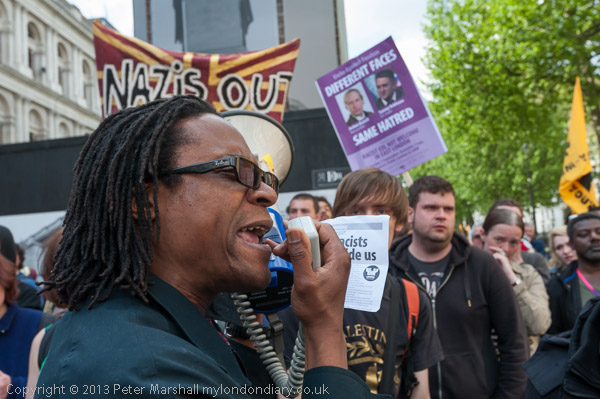London events I covered that day and some of what I wrote about them on My London Diary. More at the links below.
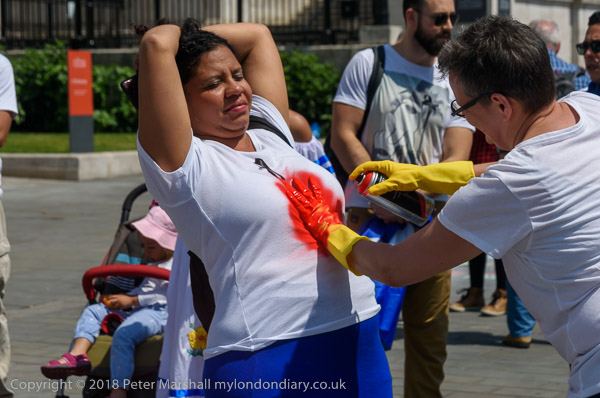
A protest in Trafalgar Square calls for an end of the violence by the Ortega-Murillo regime in Nicaragua, where since the 19th of April police have killed over 100 protesters and a injured over 600, and there have been many unjustly detained, tortured and raped.
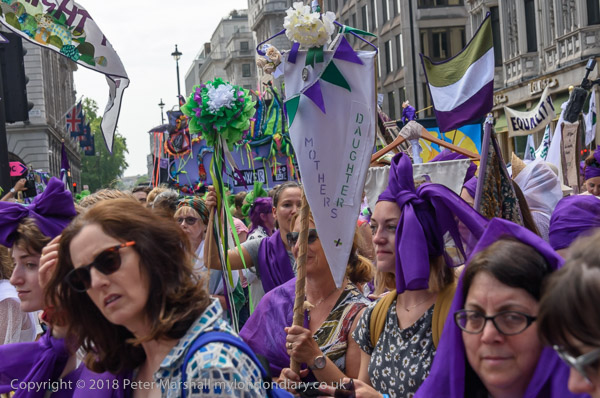
Women wore purple, white and green head scarves to make up three strands of a huge procession in the suffragette colours through London marking 100 years since many British women gained the right to vote.
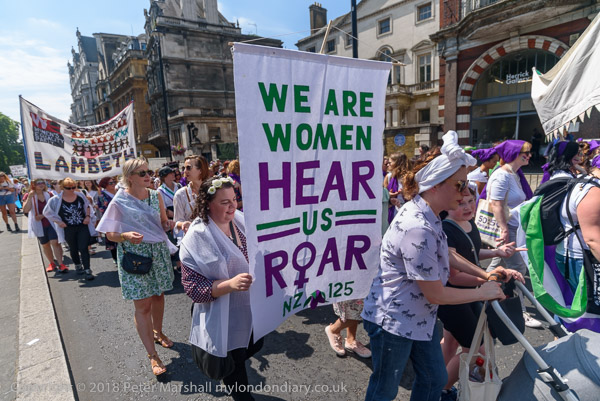
The 1918 act gave the vote to the first time to all men over 21 and to men like my father over 18 serving in the armed forces, but did not bring in universal suffrage for women. Women had to be over 30 and meet a property requirement. It was another ten years before all women over 21 – including my mother who was by then 23 – could vote.
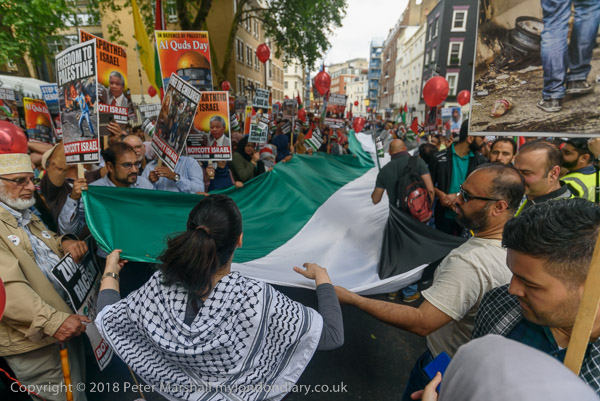
A large crowd squashed into the street in front of the Saudi Arabian embassy for a rally in support of the oppressed people of Palestine and others around the world.
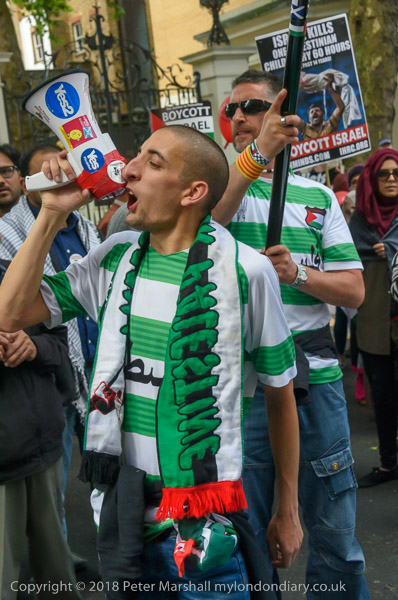
The event, organised by the Justice for Palestine Committee, is supported by the Islamic Human Rights Commission and a wide range of pro-Palestinian organisations, and was opposed by the Zionist Federation and some right wing hooligans, who were stopped from attacking the peaceful event by a large police presence in the area.
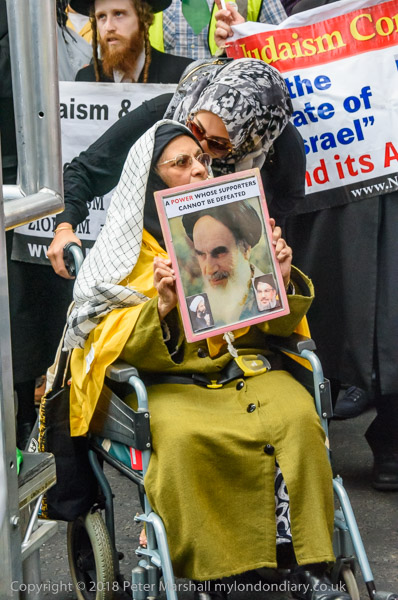
Celebrated in many countries, Al Quds Day, established by the Islamic Republic of Iran in 1979, has been marked in London for over 30 years.
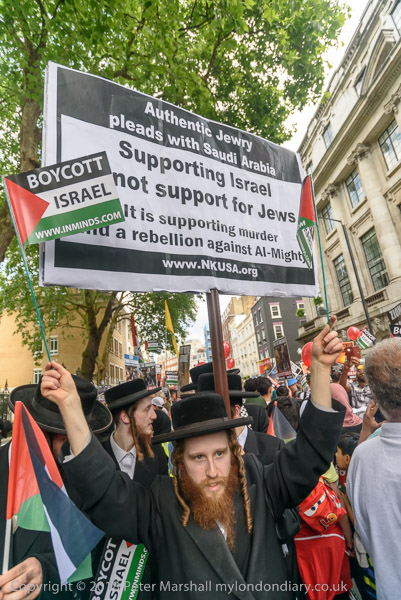
This year’s event was a gesture of defiance to the demonisation campaign and the ongoing murders by Israeli troops of innocent Palestinian protestors in the Gaza Strip commemorating 70 years since Israel was formed on expropriated Palestinian land.
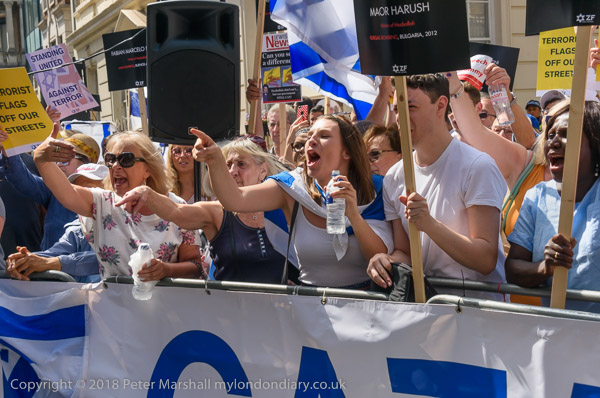
Police had set up barriers to keep the official Zionist protest around a hundred yards down the road from the Al Quds day event, while others who were football thugs roamed the streets
Al Quds (Jerusalem) Day
Zionists protest against AlQuds Day
100 years of Votes for Women
End government killings in Nicaragua
All photographs on this and my other sites, unless otherwise stated, are taken by and copyright of Peter Marshall, and are available for reproduction or can be bought as prints.
